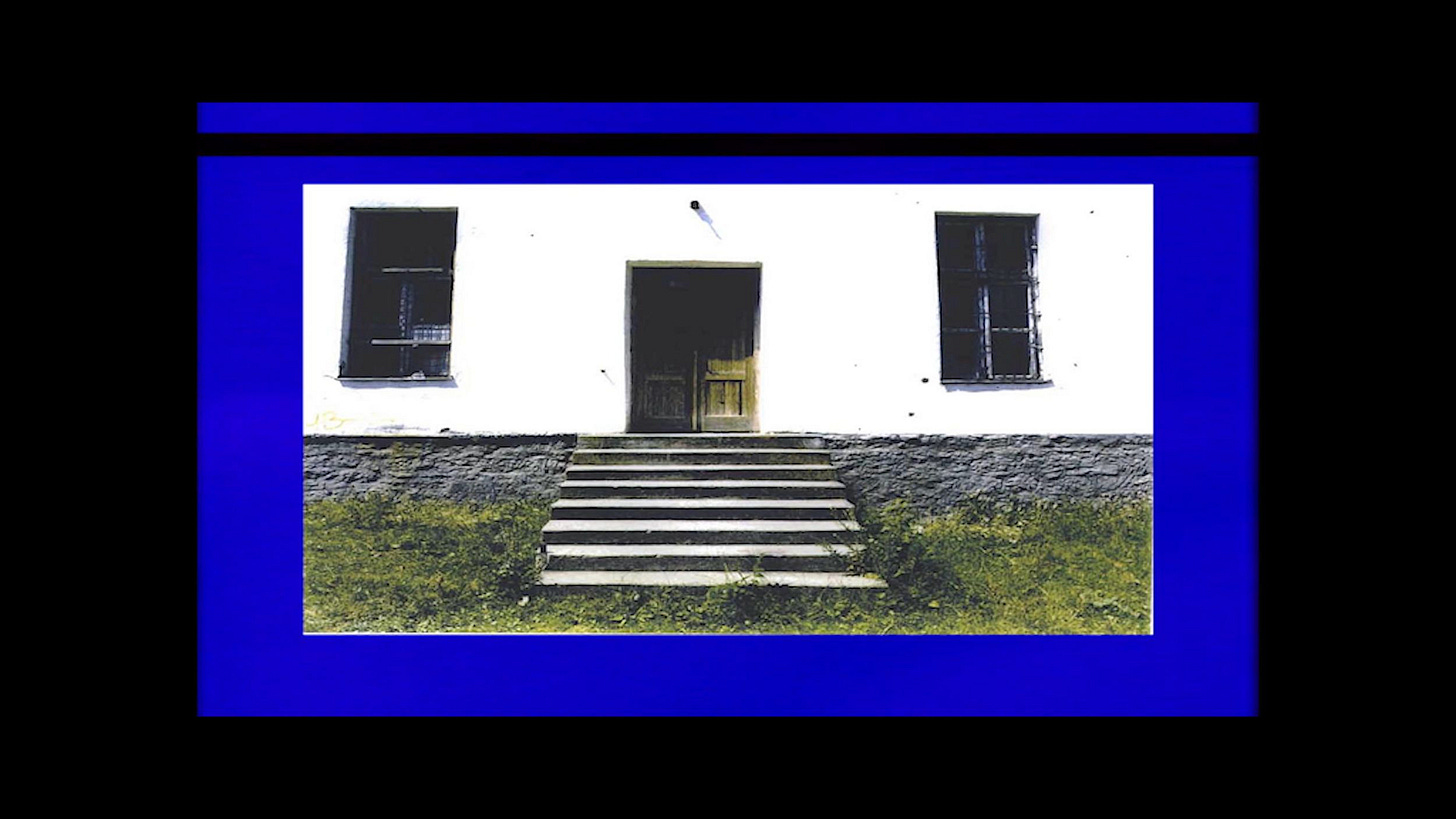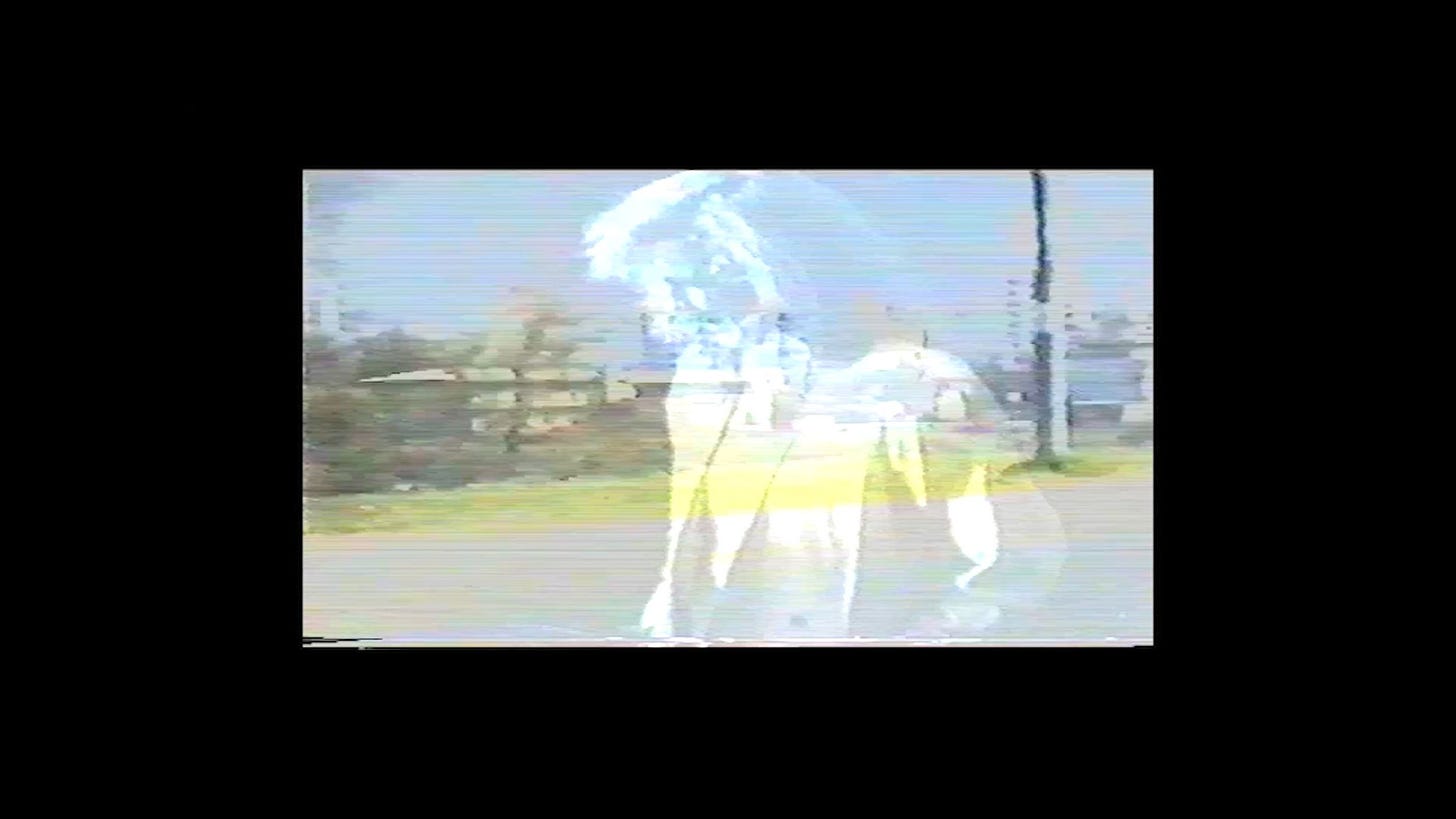11: Silence of Reason
On Kumjana Novakova’s Silence of Reason (2023), and on speaking truth to atrocity.
“How could I feel? The worst possible ever.”
Some things are so terrible that they become unspeakable, and, with this, risk being erased, forgotten, or lost. Kumjana Novakova’s Silence of Reason (2023), constructed largely from the testimony of survivors of the Foča Rape Camps—wherein Muslim women were captured, taken to various locations in the town, and methodically and repeatedly tortured and raped—is an attestation of the opposite of this: the necessary breaking of silences and the forthright addressing of humanity’s absolute worst.
The film opens with a Hannah Arendt quote outlining this aim. “We have to combat all impulses to mythologize the horrible,” reads onscreen text that precedes a mysterious pre-title sequence in which a desaturated, barely discernible landscape is seen through distorted, handheld video camera footage that looks like it is at risk of crumbling into pixelated dust. Eerie distant music is audible in the distance, almost entirely drowned out by fuzzily angular sonic noise. In the archiving of whatever is being shown, some kind of signal appears to have been converted, almost against the will of the decayed image’s source, fracturing and ruining it, leaving a only half-visible trace of something malignant that seems like it wanted to remain unseen. Onscreen text that is forensic in its detail and level of detachment describes the discovery of the body of a semi-naked woman, likely drowned, and a date of death: July 6, 1992. Further text announces another dead woman, found two days later on July 8th. At this point, beyond some identifying details (jewellery worn, clothing articles, the colour of her hair) that serve to assert that these bodies were once people too, no additional information arrives. There is no perpetrator and no crime—only its horrid aftermath. Within the flickering landscapes, a female figure appears. A woman walks along the bank of a body of water and looks, chillingly, directly at the camera. The details are grim; the images seem haunted. It looks like something from a found footage horror film, but this is not fiction. It is a non-fiction film made in response to real events.
In just a few fleeting images and several sparse lines of text, the scene has been set, the subject matter introduced, and a tone and set of related expectations established. From this point on, the film is given over almost entirely to the voices of the survivors of the Foča Rape Camps, whose testimony at the International Criminal Tribunal for the Former Yugoslavia (ICTY) in March 2000 saw mass rape and sexual enslavement elevated from its categorisation as a violation of the customs of war to the status of crime against humanity, the most serious form of war crime. Though carefully constructed, Silence of Reason is made from straightforward elements: on-screen text, archival footage, and the selective use of sound design. It is not overembellished, but instead an artful, respectful assemblage of the brave and generous act of what could be called “unsilencing.” Non-fiction film, when responding to historical incidents, is often described as a form of witness. In the case of Silence of Reason, a more accurate way of thinking about it is perhaps as an act of listening: of hearing the words of those who broke the silence and not shutting out that noise, however horrible it may sound. Novakova’s preferred term is “performative research.” She takes existing documents and records, and reconfigures and interprets them so that they can be understood, presenting textual (and occasionally aural) survivor testimony alongside archival photographs and amateur video footage. Starting with no knowledge, a viewer can sit in front of the work, and look, listen, and learn about a truly awful moment in history.
The film’s precise subject is not widely known. The atrocities committed in Foča, a town in southeastern Bosnia and Herzegovina, were amongst the most terrible of the 1992-1995 Bosnian war. From April 1992 onwards, “Muslim and other non-Serb inhabitants [of Foča] were subjected to a widespread and systematic pattern of abuses” by the Serb forces, with the aim of ethnic cleansing and expulsion through terror. Women (and girls, some as young as twelve) were especially targeted, detained and subjected to atrocious systemic violence, torture, and sexual abuse. “Rape camps were established; Muslim women were detained and endured the most heinous violations of their basic human rights.” It is these ordeals (and more) that the women’s testimony unflinchingly describes.
Working primarily from transcriptions of the ICTY hearing at The Hague, Novakova presents 132 passages of testimony from the women—identified only by numbers (eg. “48,” “50”) or letters (eg. “AB”)—in cycles that form stories. Over the film’s 63-minute duration, a fuller, ever darker picture emerges. The women’s testimony range from frank statements (“after that, he raped me”) to allusions (“the worst happened”). Most of this testimony is presented as on-screen text, structured in short, all-caps passages that are punctured or accompanied by the dreary, decaying landscape footage that, by comparison to the text, starts to feel like a reprieve. In some instances, presumably retraumatized women understandably struggle to recall detail (“I remember it faintly”) battling the brain’s protective ability to erase pain for the greater good of what their admissions might achieve. In other moments, they are candid (“I have never described it in detail,” “I wanted to forget as quickly as possible”) about the enormity of this task.
“I lost all feelings of freedom in July,” says a woman early on in the film. “I did not feel normal, I did not feel right,” says another during one confession that is particularly painful to read. Often, the scale and severity of the brutality described (“they did their best to rape all of us”) is difficult to imagine, even when spoken about with a degree of candour that must have been horrendous to verbalise. In rare moments, the women speculate about their oppressors, such as when one woman wonders how a military general suffering from a war wound could so easily inflict pain of a different kind on another person. No easy answers come; these questions are hard to comprehend. In others, they describe the logistics of their enslavement, detailing the chains of complicity and command that facilitated the crimes. (One woman notes that sex was officially certified by the military as “necessary” for boosting soldier’s morale.) In the most painful moments, the women are only able to express how broken the experience has left them. “They took turns, they took turns; I thought I would never return.”
After watching this for around 53 minutes (Silence of Reason concludes with a ten-minute-long credit sequence that lists the sources of the archival materials included in the film), a viewer may be left wondering what to take away from this dense compression of what can only be described as total evil, other than a sense of absolute despair. The film’s form brings to mind several other recent non-fiction films (Ulises de la Orden’s The Trial (2023), or Selma Doborac’s De Facto (2023), for example) that engage with atrocity and testimony, and that also raise questions around what an appropriate form is for such subject matter: what aesthetic strategies can, and should, be used when dealing with something so sensitive and raw. The Trial works entirely from footage recorded in court hearings in a fixed position, anonymising those testifying by only showing the backs of their heads. Like Silence of Reason, it focuses only on victims and prosecutors. De Facto, more questionably, mixes an assortment of sources, blending perpetrator statements, witness testimonies, and philosophical texts, decontextualising them by having them read aloud flatly by actors. The main strategy employed in Silence of Reason, the use of degraded, decaying video as visual accompaniment for the textual testimony, seems intentional rather than intrusive. It leaves space for the testimony to breathe, while also linking it, non-invasively, to the location in which the atrocities occurred. (In interviews, Novakova has spoken about how the tribunal’s Netherlands setting displaced the events it addressed to a Northern European context, while her film, and its footage, brings it back to Bosnia and Herzegovina.) Furthermore, rather than just being a purely aesthetic choice, the desaturated, pixellated nature of this material could be seen to represent the indefiniteness and unreliability of the archive, or more broadly, as a visualisation of the degradation of human memory, damaged by traumas of the worst possible kind.
For obvious reasons, all of the aforementioned films about atrocity, Silence of Reason included, are somewhat hard to recommend. To watch a film with subject matter like this is, by design, not enjoyable. The strength of Silence of Reason is the simplicity of Novakova’s approach. In her synthesis of these speakers, Novakova creates a film that acts like a container of floating voices that reverberate about and then coalesce, coming together to create a vivid collective picture of the most indescribable ordeal. A concluding series of editorial statements explains more of the film’s intention. “The absence of mass rape both in history and collective memory is a carefully constructed and purposively nurtured process,” writes Novakova. “The use of rape and sex slavery is normalised and considered a natural element of every war and an ‘inevitable’ consequence of an armed conflict.” In voicing their horrendous experiences, this was something the women of Foča were able to protest, resulting in not just an act of resistance against the normalisation of gender-based violence but also the codification of a new form of international law with ramifications affecting the legal classification of their own experience and that of other women both future and past. Regardless of any questions regarding what, if any, merit the law and its application has, the film strives to show that there is value in the act of speaking truth to power. A fundamentally feminist project (Novakova explicitly gives thanks to the lineage of feminist thinkers and activists that came before her in the film’s end credits), Silence of Reason has no pretensions to be anything more than a tribute to the generosity of that act, and a means of transmitting it slightly further beyond the confines of the Hague. The film, as Novakova has herself described it, is “a tiny cinematic memorial to both their courage and their selfless contribution to a more just society.”
Kumjana Novakova’s Silence of Reason (2023) had its world premiere at Sarajevo Film Festival, and has screened at various other festivals including IDFA, Punto de Vista, and recently, MoMA’s Doc Fortnight. More information about Kumjana Novakova can be found here. To receive more articles like this, please subscribe. The writing in this newsletter will always be free-to-read, but donations are very welcome.



